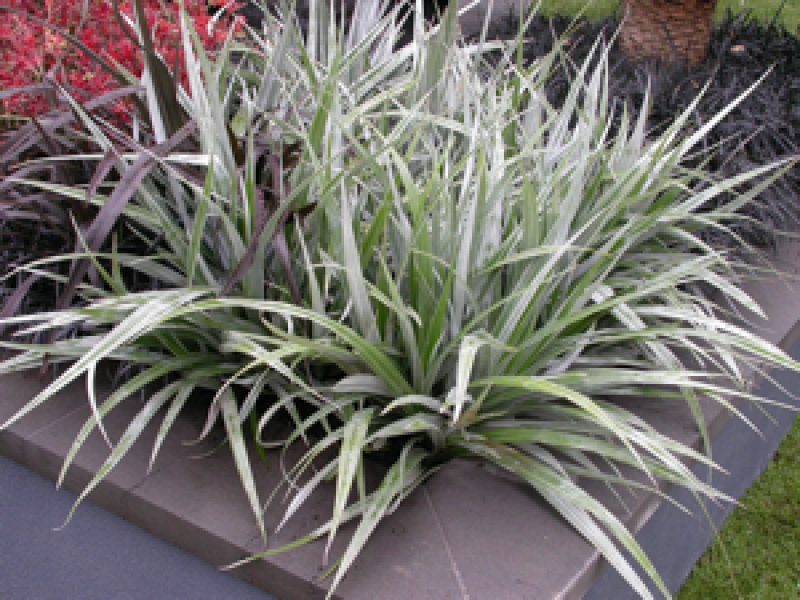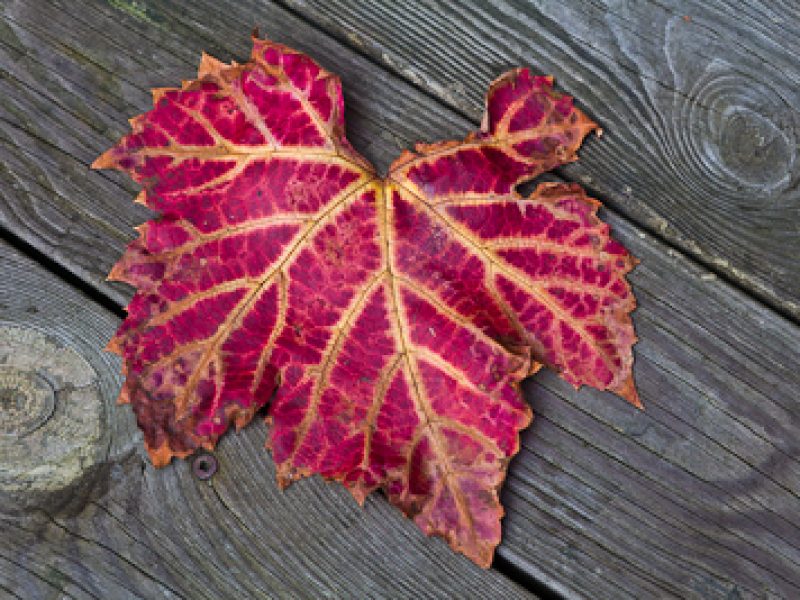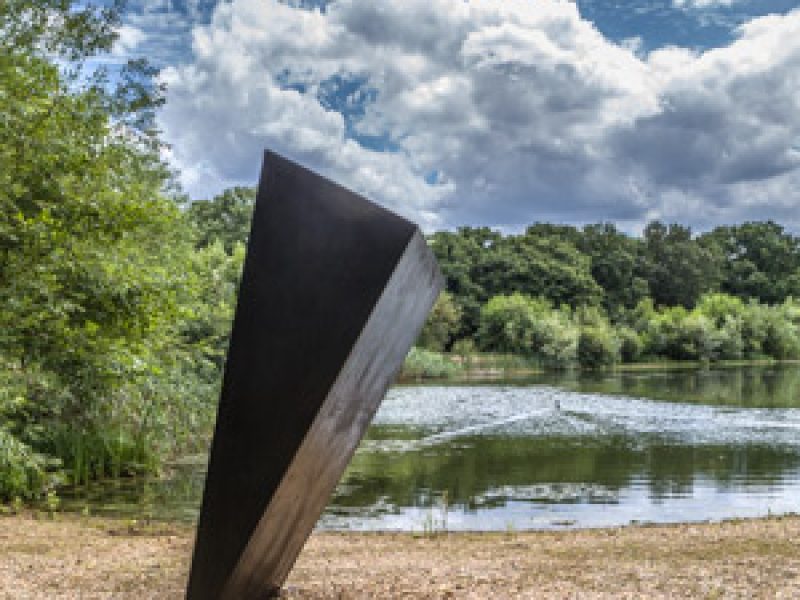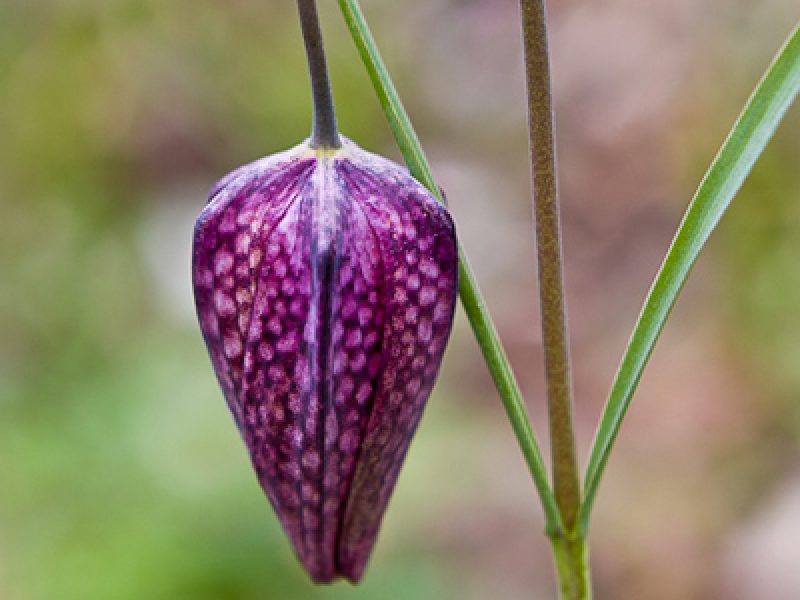It’s lovely to see gardens and homes lit up now with Christmas lights. The effect can be really magical if it’s done with taste. And not so magical if it’s not! After a long day at work coming home in the dark, it’s a real bonus to be able to see the garden instead of staring into a pitch black space beyond the windows. But why stop at lighting the garden for just 2 or 3 weeks of the year?

With clients now wanting to spend more time in the garden and to use their outdoor spaces late into the evening as an extension of the home, I integrate lighting into new design schemes more and more often.
As well as being used for practical purposes, garden lights can also really add drama to an outdoor space. Statues or architectural plants look fantastic when lit from below, and deciduous trees are great subjects for uplighting – especially in winter. I particularly like to light silver birches as the white bark looks stunning at night.
Recently I included an underwater light in a sunken pool to illuminate the sheet of water falling from the raised pool above. Seen from the house as well as in the garden, it provides a focal point all year round.
The choice of lights available can be bewildering but LED lights are becoming more popular due to the fact that they are much more energy efficient than halogen lights. They are low-maintenance as the bulbs last so long, and are very cost-effective.
Fibre optic lighting can be used to great effect if you want something a bit more flamboyant. Twinkling effects or changing colours can be used for a more theatrical effect in the garden, but in most gardens I think that on the whole, less really is more.

It’s very easy to get carried away with lighting but usually I find the more subtle approach pays off. In rural locations it’s also important to take light pollution into account and to go for low-key lighting schemes.
Lights come in all shapes and sizes and the choice just gets bigger and bigger as garden lighting gets more popular and the technology develops. There are many finishes available from stainless steel and copper to powder-coating in an array of colours. The main thing is to choose lights to suit the style of the house or stonework especially if they are to be integrated into a wall or step.

I tend to go for copper finishes where the lights are fitted into red brick, and I find copper is also good at fading into the background (for example within a planting scheme where the light should not be the focus of attention during the day). In more contemporary schemes stainless steel or grey and black powder-coating finishes work very well.
And there’s no doubt about it, a well thought out lighting scheme will more than pay for itself in terms of adding value to your garden – all year round.

Picture credits (night shots) : http://www.photoforsale.co.uk








Really like this Janet……. have a successful 2012
Thank you! I hope my blogs not only look good, but are actually of interest & are useful. Please let me know if you would be interested to hear about other topics.